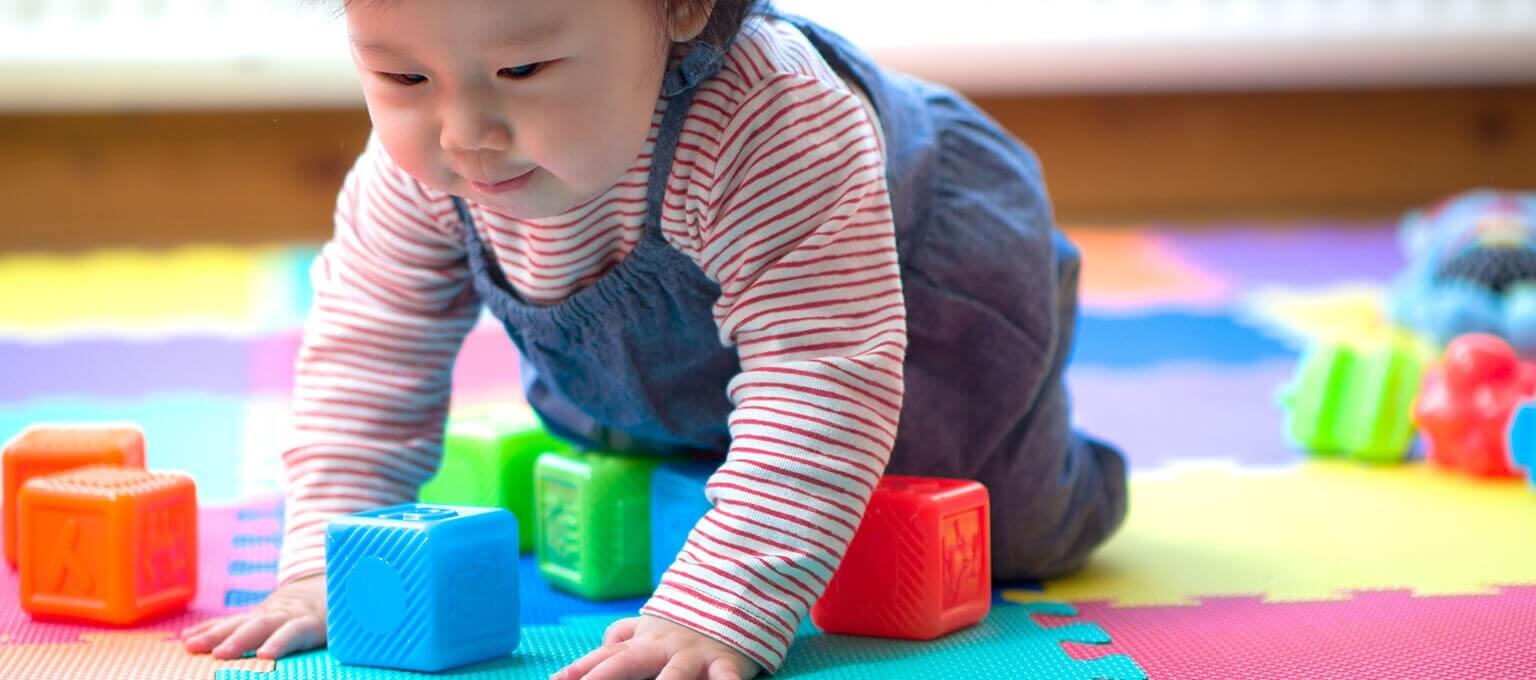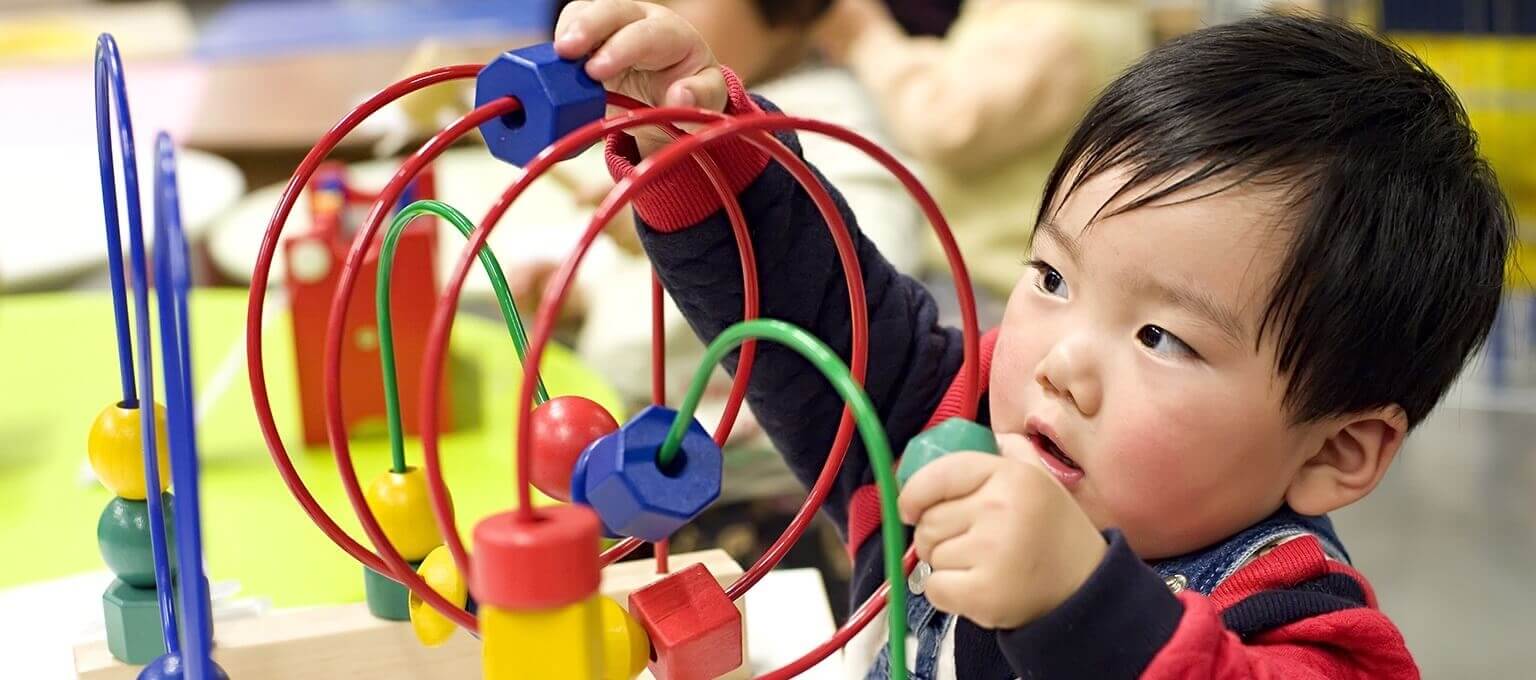
Tips for Teaching Baby Sign Language


Communicating with your baby before they start speaking can be challenging, but baby sign language offers a simple solution. By teaching babies sign language, you can help your little one express their needs and emotions using hand gestures before they develop verbal skills.
Here’s a quick guide of when to teach baby sign language, how to get started, and a baby sign language chart with common signs to use:
Keep reading to learn how to teach baby sign language, discover common signs, and find practical tips to make learning fun!
What Is Baby Sign Language?
Baby sign language has gained popularity over the past 20 years. One reason for this growing interest is that babies often develop the ability to use their hands to “talk” before they can form words. Baby sign language allows infants and young toddlers (typically between 8 months and 2 years old) to communicate their needs and feelings before they say their first words. This may ease some of the frustration they might feel when not able to clearly express their needs or feelings yet.
This early form of communication may help reduce frustration for both you and your little one, as they can express basic needs like hunger or sleepiness, potentially making daily interactions a little easier.
Since babies take time to develop the dexterity needed for signing, you may notice your little one beginning to use simple signs around 8 or 9 months old, though some may take longer.
If you’re wondering whether signing could delay your baby’s speech development, research suggests otherwise—learning signs does not interfere with verbal language development.
Teaching your baby sign language is entirely optional. It’s simply one approach that might help your little one express themselves before they can speak.
How Do You Do Sign Language for Babies
Sign language is an expressive form of communication that utilizes hand gestures, facial expressions, and body movements to convey meaning. Learning how to sign, especially for communicating with your baby, can enhance early communication and bond formation.
Is Baby Sign Language the Same as ASL?
Baby sign language is different from the sign language used by the hearing impaired. In some cases, baby sign language incorporates modified gestures from American Sign Language (ASL), making it similar but not identical. The key difference is that baby sign language is designed to be simpler and more accessible for infants and young children.
Here are some common baby sign language gestures—many of which are like ASL signs—that may help your little one express their needs and feelings. These simple signs are useful in everyday situations, such as when your baby is hungry, tired, or needs comfort.
How to Say “Yes” in Baby Sign Language
To sign “yes” in baby sign language, make a fist with your dominant hand and then nod the fist up and down, mimicking the head movement of nodding “yes.”

How to Say “No” in Baby Sign Language
The word “no” in baby sign language is actually the same as American sign language. Extend your thumb, index, and middle fingers, then tap them together a few times. This gesture resembles a mouth saying “no.”

How to Say “Please” in Baby Sign Language
As well as teaching your little one some basic signs, you can teach them some good manners when asking for something. Baby sign language for “please,” involves using an open flat hand to make a circular motion on your chest. This motion is generally done clockwise.

How to Say “More” in Baby Sign Language
To sign the word “more,” in baby sign language, pinch your fingertips together on both hands and then tap your fingertips together a few times.

How to Say “You are Welcome” in Baby Sign Language
To sign “you are welcome,” simply extend your fingers and thumb out flat, and sweep your hand outward from your chin, almost as if you are blowing a kiss.

How to Say “All Done” in Baby Sign Language
To sign “all done,” start with both hands up with palms facing you, then turn both hands outward and away from your body.

How to Say “Hungry” in Baby Sign Language
The word “hungry” in baby sign language involves making a C-shaped hand and moving it down from your chest to your stomach, mimicking the motion of food going down into your stomach.

How to Say “Eat” in Baby Sign Language
To sign the word “eat” in baby sign language, bring your fingertips to your mouth as if you’re putting food into your mouth.

How to Say “Drink” in Baby Sign Language
The sign for “drink” is pretty easy for babies to learn. It involves making a C-shaped hand and mimicking the action of tilting a cup into your mouth.

How to Say “Milk” in Baby Sign Language
Teach your little one baby sign language for “milk” by opening and closing your hand as if milking a cow.

How to Say “Water” in Baby Sign Language
The sign for “water,” involves forming a W with your three fingers (thumb, index, and middle finger), and tapping your index finger on your chin.

How to Say “Poop” in Baby Sign Language
To sign “poop,” make a fist with both hands, one fist stacked over the other. Extend the thumb of the bottom fist and tuck it inside the upper fist. Then move the lower fist down, keeping the thumb extended.

If you’d like to try to have your little one be more specific, you can combine the sign for “diaper” with the sign for “change.” Combining the two will help them express their need for a diaper change in baby sign language.
How to Say “Diaper” in Baby Sign Language
To sign “diaper,” hold both hands near your waist and touch your thumbs and index fingers together, resembling the action of fastening a diaper. Pinch your fingers together twice. This gesture is simple for babies to imitate and can help them communicate when they need a diaper change.
How to Say “Change” in Baby Sign Language
To sign “change,” make fists with both hands and cross your wrists in front of your body. Then, rotate your hands so that their positions switch. This gesture represents the action of exchanging one thing for another, making it useful for diaper changes and other situations where something needs to be swapped.
How to Say “Play” in Baby Sign Language
The word “play” in baby sign language is performed by using both hands to mimic a playful motion, with both Y-shaped hands (thumb and pinky extended, other fingers tucked in) twisting around each other.

How to Say “Share” in Baby Sign Language
To sign “share” in baby sign language extend one hand flat with palm up, and with your other hand's index and middle finger, mimic slicing or cutting into the palm, indicating dividing something to share.

How to Say “Sleep” in Baby Sign Language
This is a great one for your baby to use if they want to take a nap or are ready for bedtime. To sign “sleep” in baby sign language, extend your fingers and from a flat hand position, draw your hand downward across your face, closing your fingers towards your thumb as the hand passes over your eyes, mimicking the action of closing your eyes to sleep.

How to Say “Up” in Baby Sign Language
To sign “up,” point your index finger upward and move your hand up toward the sky.

How to Say “Sorry” in Baby Sign Language
To sign “sorry,” form a fist with one hand and move it in a circular motion across your chest, as if rubbing over your heart.

How to Say “Bath” in Baby Sign Language
Make the sign for “bath” in baby sign language by making fists with both hands and sticking your thumbs out. Move your fists up and down your chest as if scrubbing yourself.

How to Say “Dad” in Baby Sign Language
Whether you want to learn the sign for “dad,” “father,” or “daddy” in baby sign language, know that they all have the same sign. Open your five fingers and tap your thumb on your forehead.

How to Say “Mom” in Baby Sign Language
This one is similar to the sign for “dad;” however, to sign “mom,” “mommy,” or “mama” in baby sign language, open your five fingers and tap your thumb on your chin.

How to Say “Bye” in Baby Sign Language
To sign “bye,” open your hand with your fingers extended and fold your fingers down, before opening them up again.

How to Say “Can” in Baby Sign Language
To sign “can,” make two fists and hold them up. Then move them forward and downward while nodding your head with a look of encouragement.

Basic Baby Sign Language Chart
Check out the following infant sign language chart for our favorite basic and practical words you can teach your baby.

How and When to Start Baby Sign Language
If you’re wondering how and when to teach your little one sign language, the good news is that learning baby sign language and teaching it to your little one isn't that difficult, though the process will require consistent effort, lots of repetition, and patience on your part.
You can start teaching baby sign language early in infancy—experts suggest starting at around 6 or 7 months. However, most babies may not begin using signs themselves until they are around 8 months old. Each baby develops at their own pace, so it might take some time before your little one starts signing back.
Here are some tips for teaching your little one baby sign language:
For more on how to teach your little one baby sign language, consult your child’s healthcare provider, who may recommend a book or online course on the subject. There may even be classes at your local community center.
FAQS AT A GLANCE
You can start as early as 6 or 7 months, though most babies begin signing around 8 months or later. Consistency and patience help your baby associate signs with daily activities.
The Bottom Line
Sign language for babies can be an effective way to communicate with your little one before they can express themselves through speech.
With consistent practice, your baby may learn to use simple signs to communicate needs like wanting a drink or asking for more food. Remember to keep speaking to your baby alongside signing to support their speech development.
If you’ve decided to teach your baby sign language, make it fun and enjoy the bonding moments. Be patient and consistent—you’ll be proud when your baby uses their hands to tell you something for the first time.
And while you're on this journey, consider using the Pampers Rewards App to enjoy discounts and digital offers on baby essentials, making parenting a little more convenient and rewarding.
Read more about Baby
Related Articles
Join a World of Support
through Pregnancy and Parenthood.











